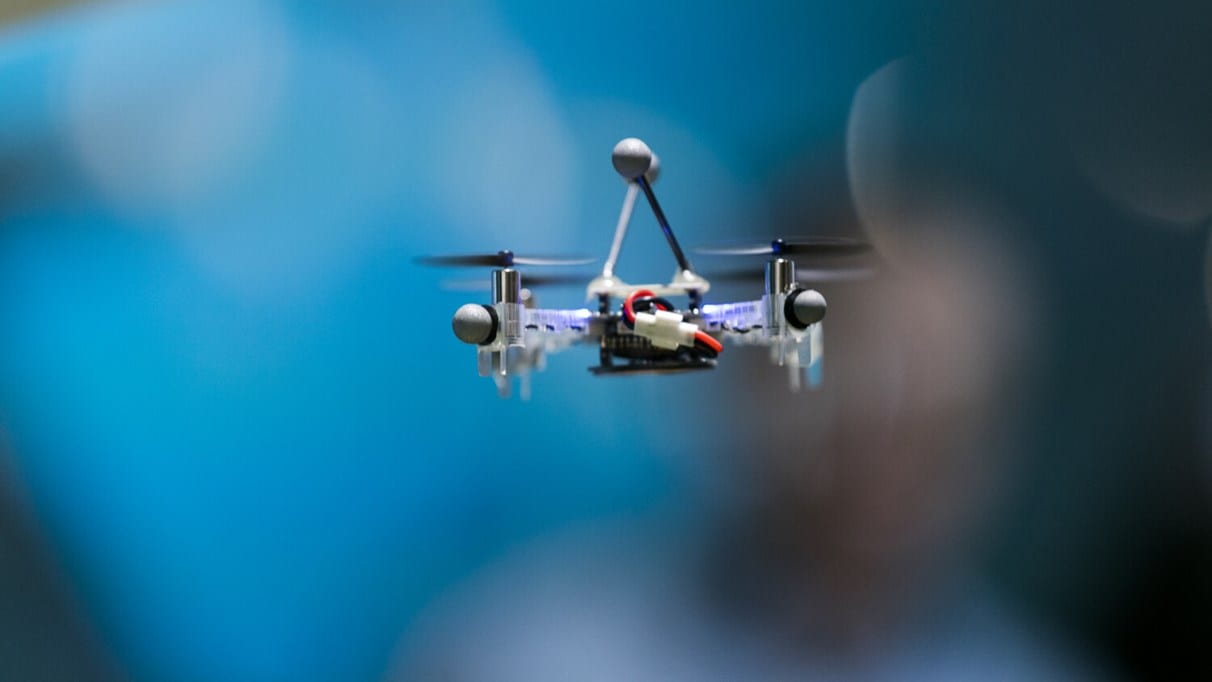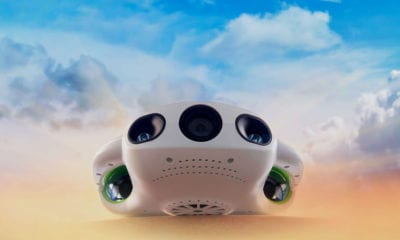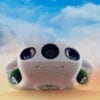Technology
Ericsson Plans for Quality Aerial Connectivity for Airborne Drones
Cutting edge innovative technology will soon make connected drones a reality in various industrial sectors like delivery services to infrastructure inspection and even search-and-rescue missions. Mobility support – providing connectivity to the drones moving in the sky – is a key feature for all these use cases. Researchers at Ericsson are already working on developing quality aerial connectivity for airborne drones.
In November 2018, researchers at Ericsson published a White Paper, Drones and networks: Ensuring safe and secure operations, discussing cellular radio networks and Drone Traffic Management (UTM), the enablers of the drone industry. In a recent blog post Ericsson researchers describe the difference between the radio environment for drones in the sky and that experienced by terrestrial user equipment (UE).
Researchers identify causes for different radio environment at higher altitudes as- close to free-space propagation and antenna sidelobes.
Base stations are often placed in elevated positions, such as on cell towers or on top of buildings. If the UE moves to a higher altitude, as in the case of a hovering drone, the likelihood of objects obstructing the line-of-sight path becomes much smaller, as illustrated in the figure below.

Radio coverage from base stations to a terrestrial UE and a drone UE.
Since the cells share the same radio resources, the increased likelihood of line-of-sight paths to many non-serving cells increases the interference for the drone. The high level of interference might cause a low signal-to-interference-plus-noise ratio (SINR), which might make it difficult for the drone UE to promptly receive and decode mobility management related messages (for example, handover commands).
Every directional antenna emits radiation also in unwanted directions, known as sidelobes, as illustrated in the figure below. A terrestrial UE is usually served by the main lobe of the base station antenna. Drones flying in the sky may move in the areas where the sidelobes are pointing to, and the drones might be served by the sidelobes most of the time.
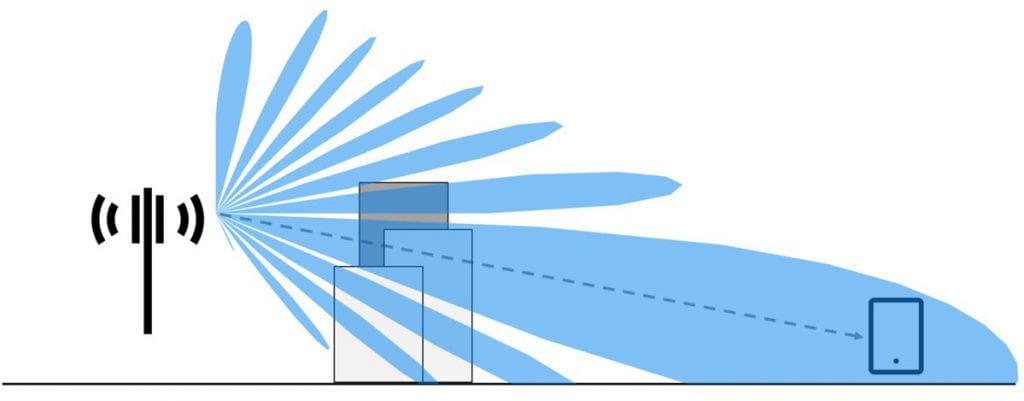
Radio coverage from the base station antenna beam pattern.
The UE cell association is based on strongest received signal power, i.e., each position is associated with the cell from which the strongest signal is received at that position.
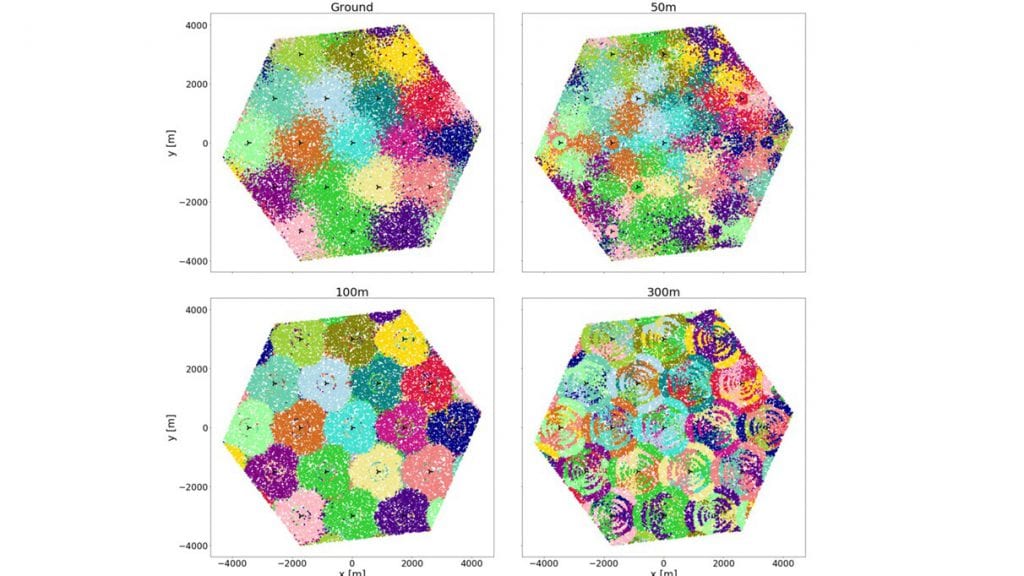
Cell association patterns at different altitudes.
The key takeaway is that the cell association patterns in the sky are quite different from the patterns on the ground. A drone UE served by a sidelobe might experience very sharp drops in signal strength when moving in the sky.
Since mobility is a key requirement for many drone use cases, the network should offer quality mobility management service for seamless drone connectivity.
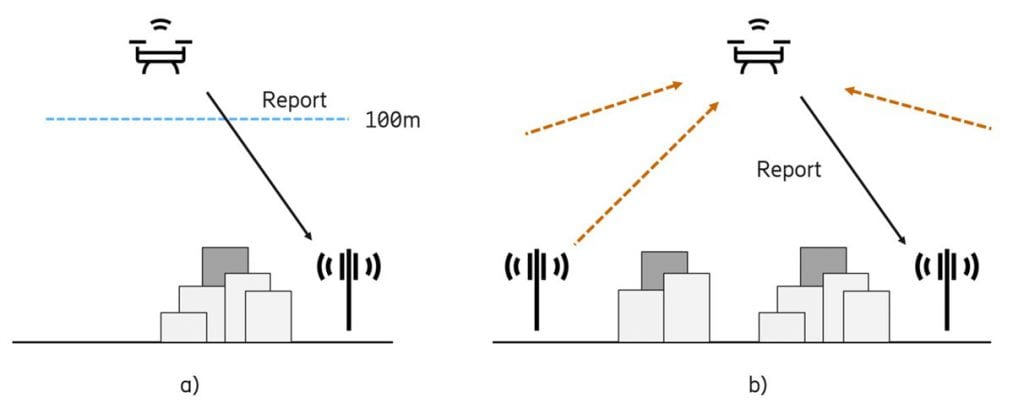
An illustration of Rel-15 features: a) the drone UE is configured to report when it is above 100 m height; b) the drone UE is configured to report when the received signal powers from 3 or more cells are stronger than a threshold.
5G Networks
Ericsson researchers have evaluated the performance of mobile networks for airborne drone communication and found that Long-term evolution (LTE) networks are already capable of supporting the initial deployment of low-altitude drones.
Next generation 5G networks have higher capacity for providing connectivity services to both terrestrial and aerial devices. Key 5G New Radio (NR) features include ultra-lean transmission schemes, spectrum flexibility, support for low latency communication, and advanced antenna technologies. Mobility enhancements are being introduced in 5G New Radio to further improve handover reliability and robustness.
Ericsson intends to continue their work actively in relevant forums to align mobile network capabilities with drone communication and traffic management requirements.
Read Ericsson’s full blog post here.

